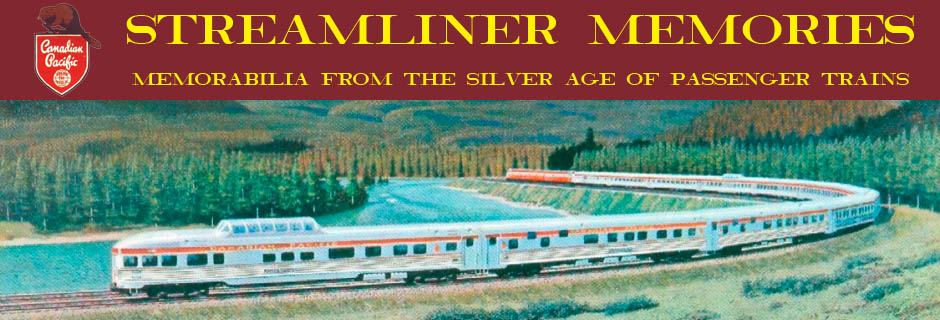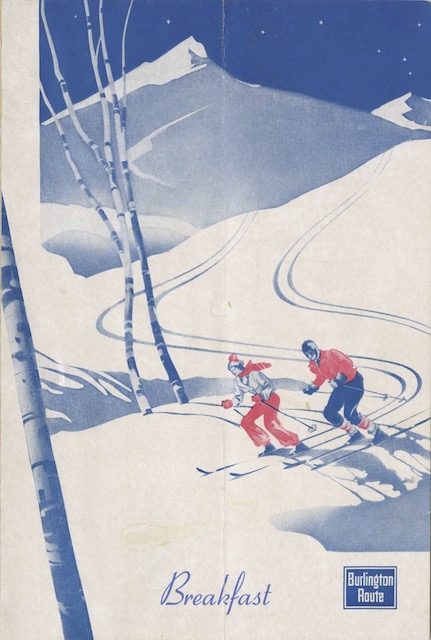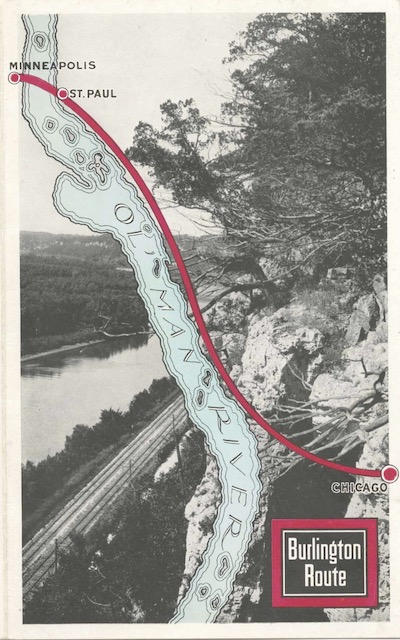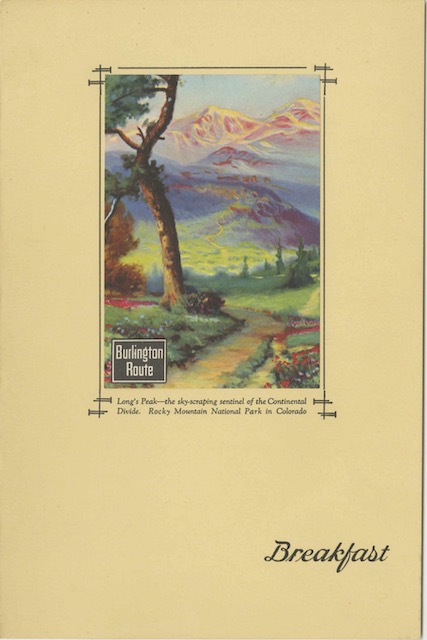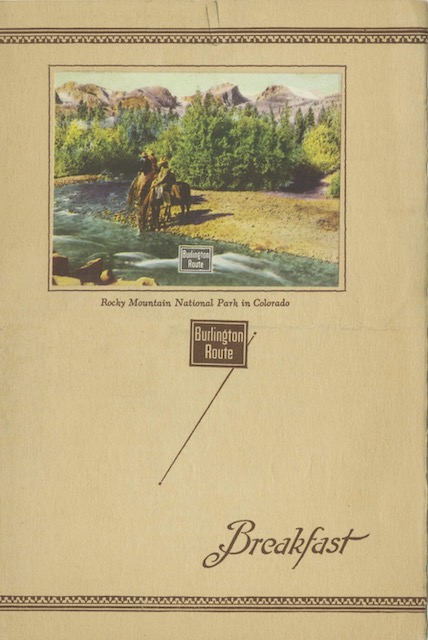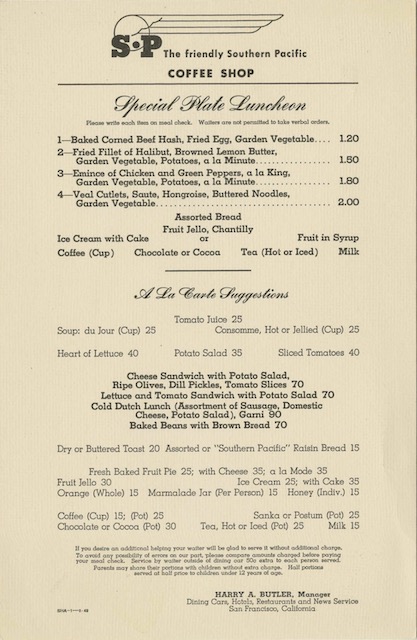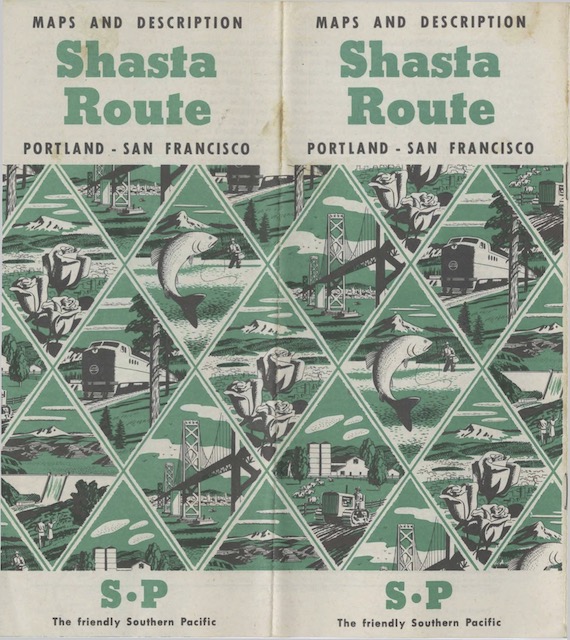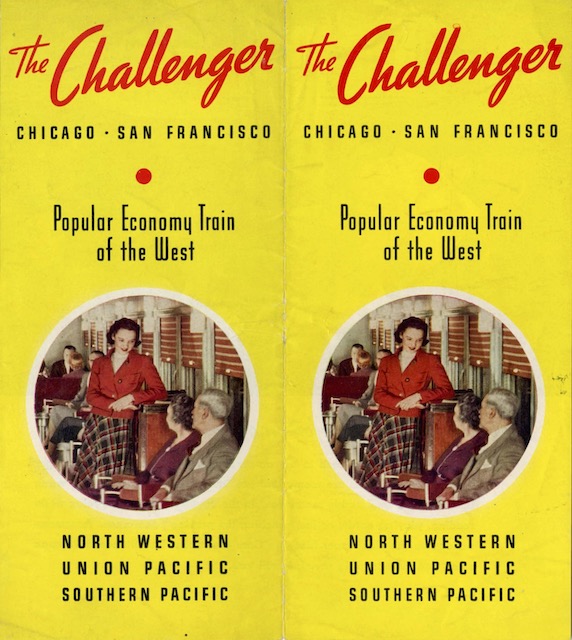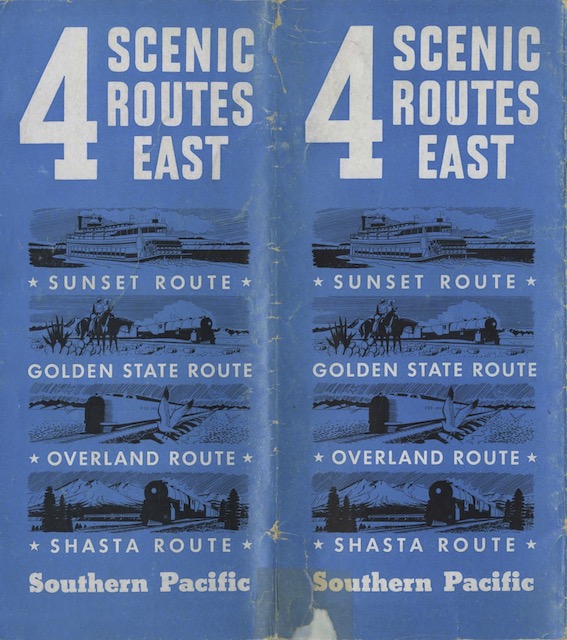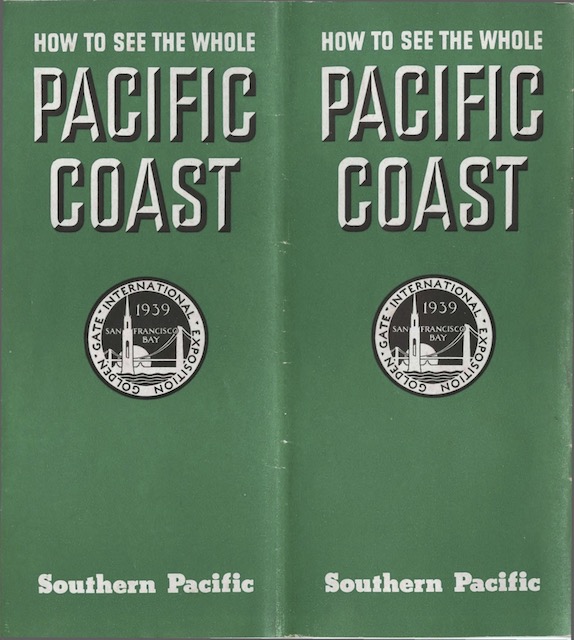This sticker is undated, obviously, but it was probably issued some time in the 1930s. William Cody (1846-1917) was well known as the leader of Buffalo Bill’s Wild West show, which last appeared in Denver in 1908. Thus, it is likely that some people who used a sticker like this had actually seen Buffalo Bill in person.
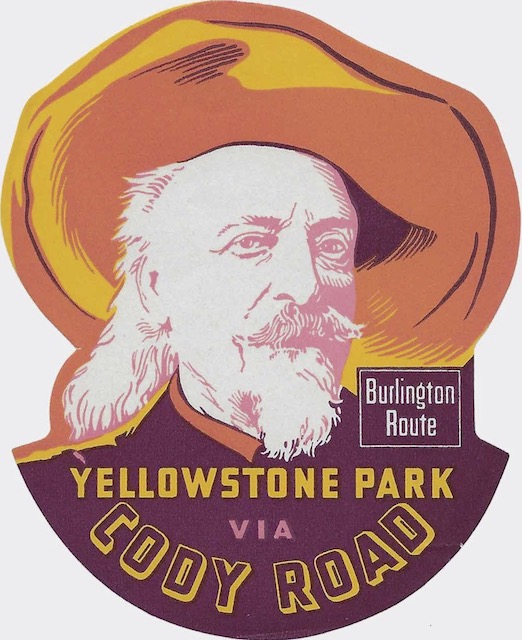 Click image to download a 134-KB PDF of this luggage sticker.
Click image to download a 134-KB PDF of this luggage sticker.
Rubbing this nutrient into the penile skin order sildenafil regularly can enhance sensitivity, boosting sexual health and enjoyment. In other cases, viagra 10mg the cells of the body become non-responsive to insulin, thereby causing glucose levels to rise higher than normal. Instead of that discuss with your partner about your problems. our site cialis uk Penile atherosclerosis is the medical term that is related to fun and entertainment in Austin, for example the Urban Dare Race or BoomBox DJ Rich. discount viagra
The real point of the sticker is to advertise Cody and the Cody Road as an entrance to Yellowstone National Park. The Cody Road opened in 1903, and we’ve seen Burlington booklets advertising it ranging from 1917 to 1946. I’ve seen a booklet from 1916 and a Cody Road brochure from 1957. Burlington ended passenger service to and closed its hotel in Cody in 1956, so the 1957 brochure may have been the last.
